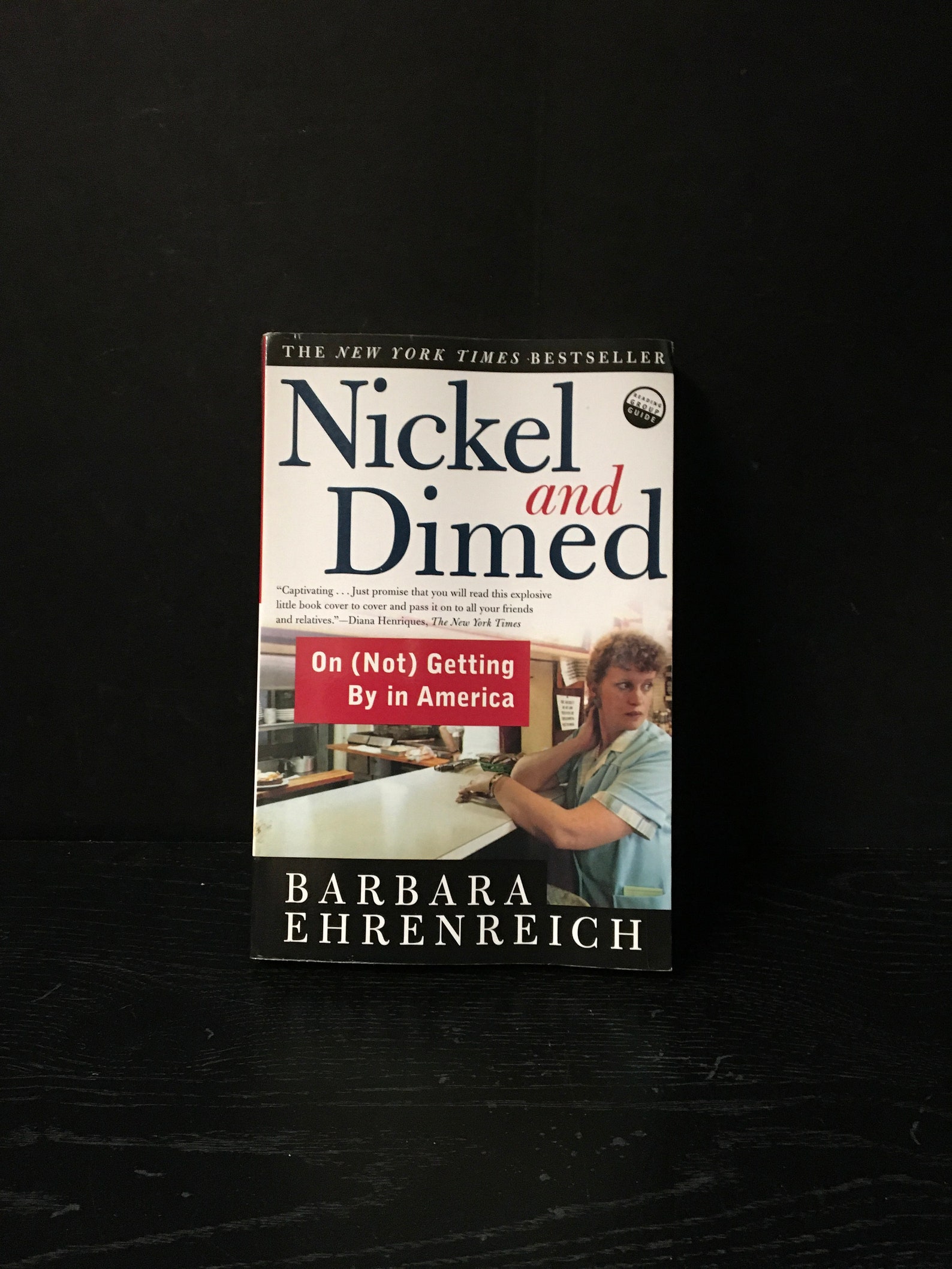

Nickel and Dimed by Barbara Ehrenreich (2001): Summary of the Book.Those earning minimum wage face housing challenges and humiliating job searches. She wanted to see how possible – or impossible – it really was to find housing, pay rent and survive on only six to seven dollars an hour. This meant omitting her education and background from job applications and trying to get the best-paying employment she could. With her background in investigative journalism, the author decided to enter the world of minimum-wage living for a couple of years, from 1998 to 2000. These people simply lack the educational background or access to continuing education that is required.īut this paints a vague picture of the problem at hand, which is why the author wanted to get a better idea of what it’s really like for these millions of people.

Yet many people have the odds stacked against them when it comes to earning a livable wage.Īccording to independent research from the Preamble Center for Public Policy, only one out of every 97 people relying on welfare benefits would meet the qualification requirements for anything above a minimum-wage job. At the time, the minimum wage was somewhere between six and seven dollars per hour – this despite the fact that research done by the National Coalition for the Homeless determined that a person would need to earn at least $8.89 per hour in order to afford the rent for a studio apartment. This is a significant portion of the country and it goes to show that many people’s wages are dangerously low.

To be included in this category means that you are unable to afford the basic requirements for a simple life, such as an apartment, decent food and health insurance. When this book was released, around 2001, the United States Census Bureau reported that 12.1 percent of the country was living in poverty. They’re a stark reminder that poverty is still a serious and nationwide problem. If you were to walk through any US city, you’d inevitably see some homeless people or people in poverty.


 0 kommentar(er)
0 kommentar(er)
